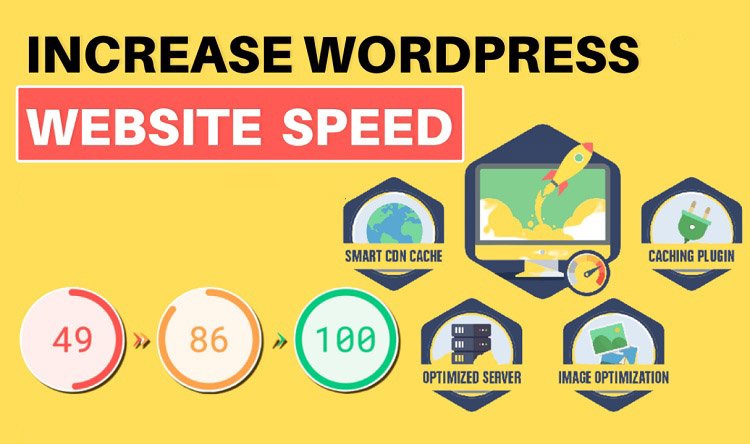Building a website locally on your computer is a great way to develop and test it before taking it live. However, when the time comes to share your creation with the world, moving from localhost to hosting is the crucial next step. In this guide, we’ll walk you through the essential steps to seamlessly transition your website from localhost to a hosting environment.

Step 1: Select a Hosting Provider
Before you begin the migration process, choose a reliable hosting provider that suits your website’s needs. Popular options include Bluehost, SiteGround, and HostGator. Ensure your chosen host supports the necessary technologies your website uses, such as PHP, MySQL, or any other specific requirements.
Step 2: Set Up Hosting Account and Domain
Create an account with your chosen hosting provider and register a domain name if you haven’t already. Follow the provider’s instructions to set up your hosting environment and associate your domain with the hosting account.
Step 3: Export Database from Localhost
Access your local PHPMyAdmin or preferred database management tool. Export your website’s database, typically in SQL format. Save the exported file to a location on your computer for later use.
Step 4: Upload Website Files to Hosting
Using FTP (File Transfer Protocol) or the file manager provided by your hosting provider, upload all your website files to the public_html directory or the equivalent location on your hosting server. This includes your themes, plugins, and any additional files.
Step 5: Create a New Database on Hosting
Log in to your hosting control panel and create a new database. Note down the database name, username, and password you set during this process. Assign the user to the database with full privileges.
Step 6: Import Database to Hosting
Access PHPMyAdmin on your hosting account and import the database file you exported from your localhost. This will populate the hosting database with your website’s content and settings.
Step 7: Update Site URL in Database
To ensure your website functions correctly on the hosting server, you need to update the site URL in the database. Execute the following SQL queries or use a plugin like “Better Search Replace” to update the URLs:
sqlUPDATE wp_options SET option_value = replace(option_value, 'http://localhost/yourwebsite', 'http://www.yourwebsite.com') WHERE option_name = 'home' OR option_name = 'siteurl';
UPDATE wp_posts SET guid = replace(guid, 'http://localhost/yourwebsite','http://www.yourwebsite.com');
UPDATE wp_posts SET post_content = replace(post_content, 'http://localhost/yourwebsite', 'http://www.yourwebsite.com');
Step 8: Update wp-config.php
Edit the wp-config.php file on your hosting server to match the new database details you created. Adjust the database name, username, password, and host if necessary.
Step 9: Test Your Website
Visit your website’s new URL and test its functionality. Check for broken links, missing images, or any issues that may have arisen during the migration process.
Step 10: Update Permalinks and Settings
Log in to the WordPress dashboard on your hosting server and navigate to “Settings” > “Permalinks.” Save the permalinks settings to ensure your website’s URLs are structured correctly.
Congratulations! You’ve successfully migrated your website from localhost to hosting. By following these step-by-step instructions, you’ve ensured a smooth transition, allowing your website to shine on the global stage. Remember to keep backups at every stage of the process and regularly update your website to guarantee optimal performance and security.



